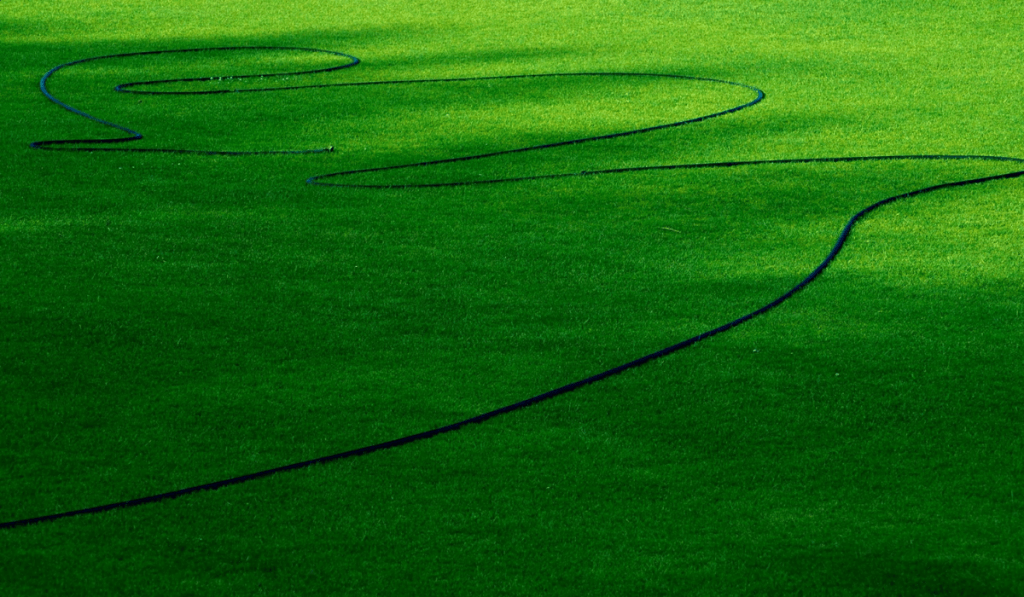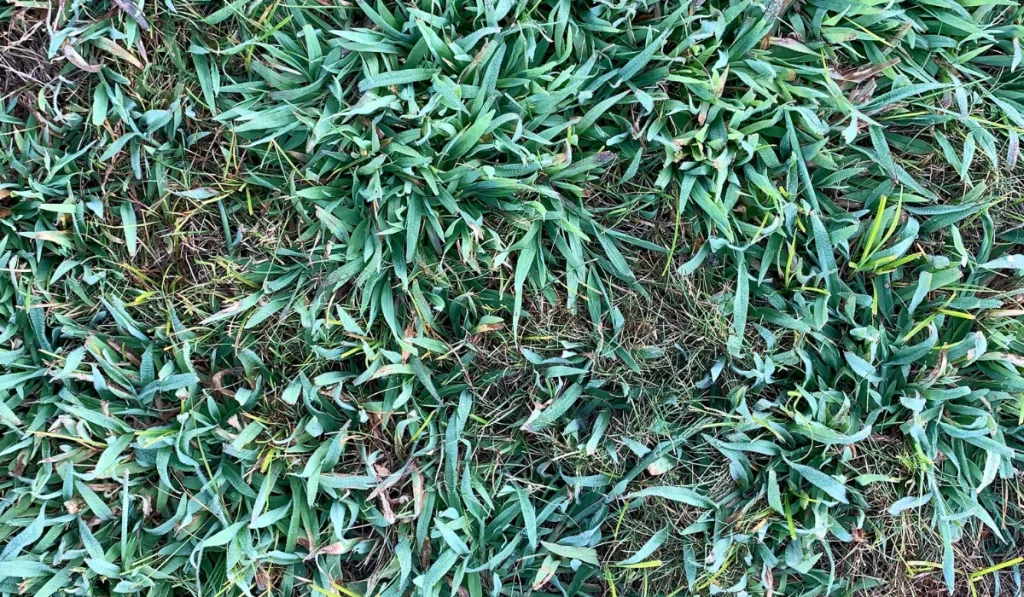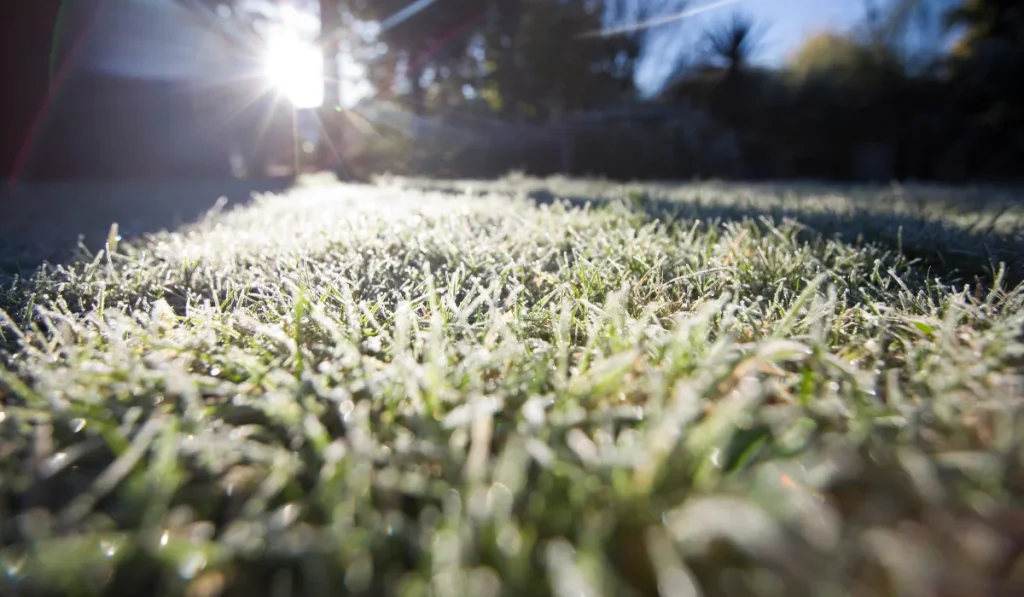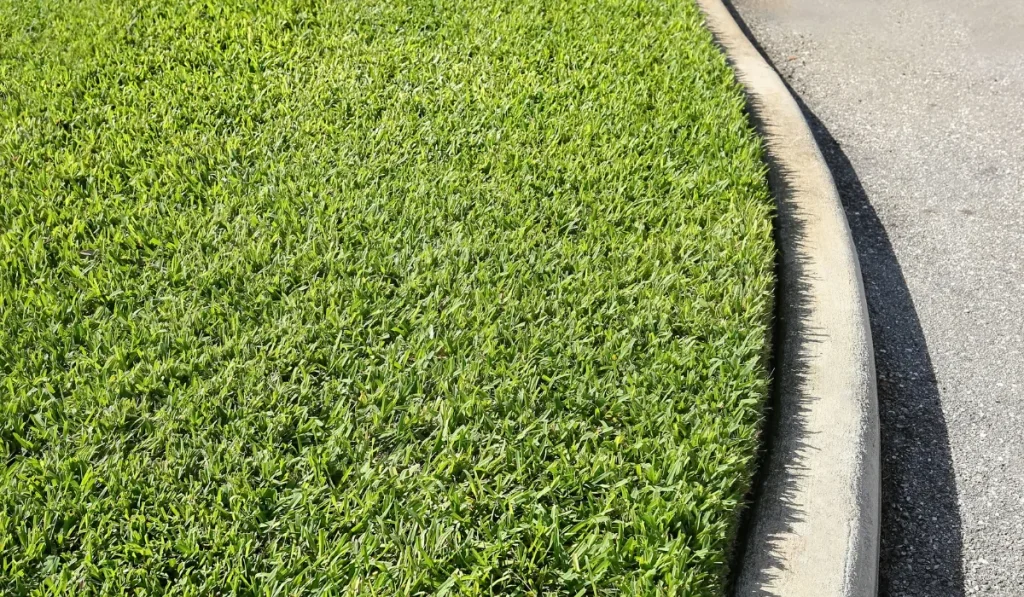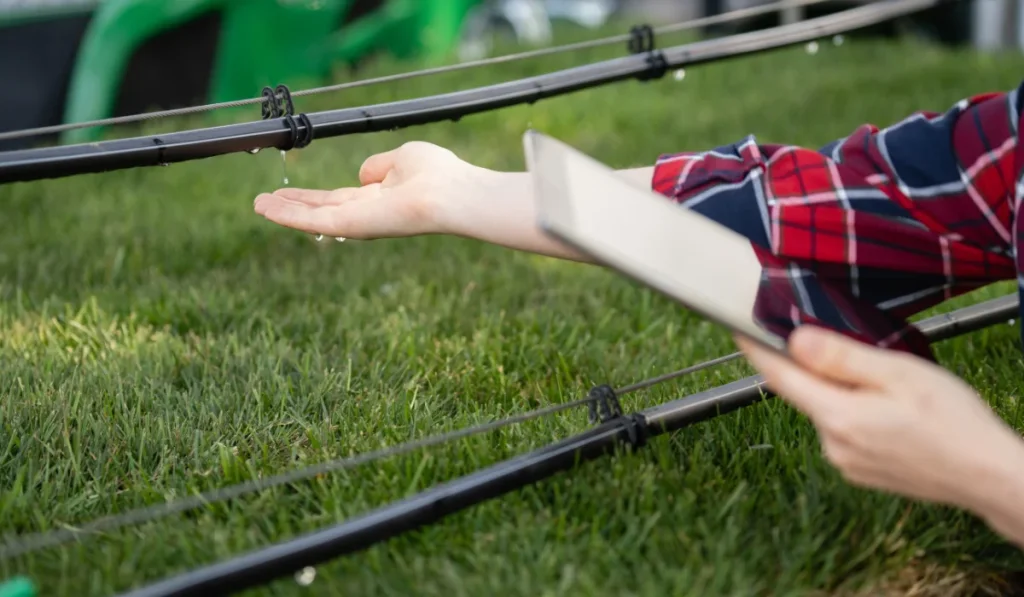
Irrigating by a drip system is becoming more and more popular among those concerned with water conservation.
Not only are many homeowners requesting this type of irrigation but various states, counties, and cities are mandating that low-flow or drip be used in new developments. This is becoming more common in states such as Arizona, California, and Texas that critically scrutinize their irrigation and water supply.
State and local governments that are requiring low-flow irrigation have shown that in certain areas drip irrigation saves so much water that many customers are able to continue watering even when their area is placed under water restrictions. Another factor to drip and similar systems gaining popularity is the rise in demand for “greener” landscaping practices.
Pros of a Drip System
Again, the main reason homeowners, businesses and government agencies are choosing drip and low-flow systems are for water conservation. Research has shown that when compared to sprinkler systems, it can save between 30-70 percent more water.
With sprinkler systems, water can be wasted through overspray, mist, wind, and evaporation. With drip, water is immediately and precisely directed to the plants and roots without waste. Many people don’t like the overspray created by sprinklers because it can damage fences, stucco, and concrete. Commercial businesses also don’t want overspray on their sidewalks and buildings.
The Cons of a Drip System
Even with the benefits of a drip system, contractors are still hesitant about the idea of transitioning to mainly using drip systems. Often, it is getting over that fear of change and trying something new that is the biggest obstacle. Many homeowners and contractors also only think of the common way that drip systems used to be done, with lots of “spaghetti” tubing all throughout a yard. Another reason many people don’t want to make the switch to drip is because of the up-front costs of installation along with the cost of maintaining the system, although proponents of drip will continue to argue that it saves in the long run.
Drip vs Micro-Irrigation vs Low-Volume
There are a few different systems that are different but the terms and names are often used interchangeably. While drip, micro-irrigation, and low-volume systems all put out a low and slow volume of water at low pressures, they are different.
Drip systems are made up of flexible tubing that can be laid above ground with emitters placed at the base of a plant, or buried underground with tubing brought up above ground and placed by the plant.
Micro-irrigation includes micro sprays, sprinklers, and bubblers to deliver water right to the root of the plant. There are several options for various different types of planters, gardens, and landscapes.
When Sprinkler Systems Are Better
While there are numerous reasons why drip systems are a great choice, traditional sprinkler systems may still be the best choice for certain areas. Watering a large area of grass would probably best be served by a sprinkler system. Also, some areas may be more difficult to install and maintain and using sprinkler systems may be the best choice, but opinions on this vary.
There are always advances in technology occurring that benefit drip systems, namely new systems made of materials that use less raw material to produce and leave a smaller environmental footprint. With water sources and distribution becoming more and more precious, drip is a becoming a large part of the landscaping future.
